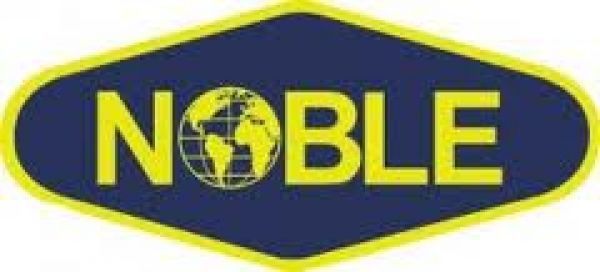 NYC-based PIRA Energy Groupbelieves that Asia Pacific refinery margins begin recovering and global crude markets are supported. On the week, the U.S. had a small stock build, while Japanese stocks drew. Specifically, PIRA’s analysis of the oil market fundamentals has revealed the following:
NYC-based PIRA Energy Groupbelieves that Asia Pacific refinery margins begin recovering and global crude markets are supported. On the week, the U.S. had a small stock build, while Japanese stocks drew. Specifically, PIRA’s analysis of the oil market fundamentals has revealed the following:
Asia Pacific Refinery Margins Begin Recovering, Global Crude Markets Supported
Refinery margins in Asia are starting to recover from poor levels amid increasing refinery turnarounds and good demand growth. Global crude markets are supported by continuing supply outages, and with strong crude stock draws resuming in November and increasing sharply into December. Product demand growth increases seasonally through year-end which should support improved cracks, particularly gasoil, and refinery margins.
U.S. Small Stock Build
Crude stocks surprised to the upside with a sharp drop in runs for the week ending September 20, making the week earlier 16.1 MMB/D print an outlier, while product stocks fell for the second consecutive week. Crude stocks remain above average, but this is largely due to new infrastructure to service growing U.S. production, while the inventories of the four major products are below the historic average. The stock excess to last year widened, particularly gasoline. Last year's stocks were especially low and the current gasoline inventory level is equal to the average of 2009-2011.
Japanese Crude Runs Continue Declining, But Crude Stocks Draw
Crude runs continued declining as turnarounds ramp up. The crude import rate was sufficiently low to produce a large crude stock draw. Gasoline demand was higher with a low yield that drew stocks. Gasoil demand stayed low reflecting holiday impacts and despite lower exports, yield dropped sufficiently to keep stocks flat. Refining margins began to improve, but remain statistically poor.
Higher U.S. Octane Values Here to Stay
U.S. octane value has trended higher in 2012 and 2013. One of the main reasons is that the U.S. has effectively reached its maximum ethanol utilization, and gasoline blenders cannot adjust octane with additional volumes of ethanol. In addition, increasing runs of paraffinic U.S. shale crudes are putting downward pressure on catalytic reforming yields and generating substantial quantities of low octane light naphtha.
Refiners Continue to Maximize Diesel/Gasoil Yield
In the Atlantic Basin, refiners have responded to the higher price of diesel/gasoil vs. gasoline by steadily increasing diesel/ gasoil yields as a percentage of crude. Even in Western Europe, where it was thought refiners were close to maximum diesel/ gasoil yields in 2007-8, yields have continued to creep up. In the United States, diesel/ heating oil yields have increased from roughly 26-27% to over 30% or more. Hydrocracking additions have played an important role.
VLCC Rates Improving
VLCC rates improved somewhat when chartering activity picked up substantially in September as production from Saudi Arabia continued at record levels. While this has produced only a modest increase in rates, it has at least kept rates from falling further in an over-supplied market. On the vessel supply side, the international order book seems to have bottomed with the focus increasingly on product tonnage. The biggest new developments are in the U.S., where high rates, thin spot markets, and uncertain availability have prompted a significant increase in orders for Jones Act tonnage.
Chemical Demand Supporting Propane
Preparations for winter are beginning, with a far better crop drying season than last year anticipated. Higher demand and exports will keep U.S. propane inventory relatively low. Propane remains a preferred feedstock over naphtha in international markets.
Ethanol Manufacturing Margins the Highest Since November 2011
Ethanol prices rose in most of the U.S. the week ending September 20, reversing some of the prior week’s losses. Cash Margins for ethanol manufacture were the highest since November 2011. RIN prices fell to the lowest values since February.
Ethanol Output and Inventories Decline
U.S. ethanol supply was tight the week ending September 20 as production fell to 832 MB/D from 838 MB/D in the previous week and inventories declined by 565 thousand barrels to 15.6 million barrels. PADD I stocks are at the lowest level in over 3 years.
The information above is part of PIRA Energy Group's weekly Energy Market Recap, which alerts readers to PIRA’s current analysis of energy markets around the world as well as the key economic and political factors driving those markets.
Click here for additional information on PIRA’s global energy commodity market research services.
.


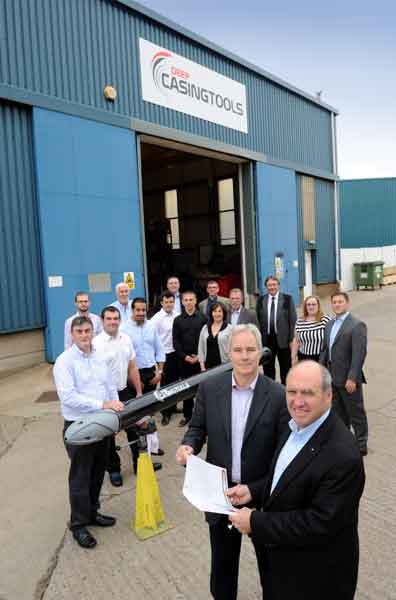
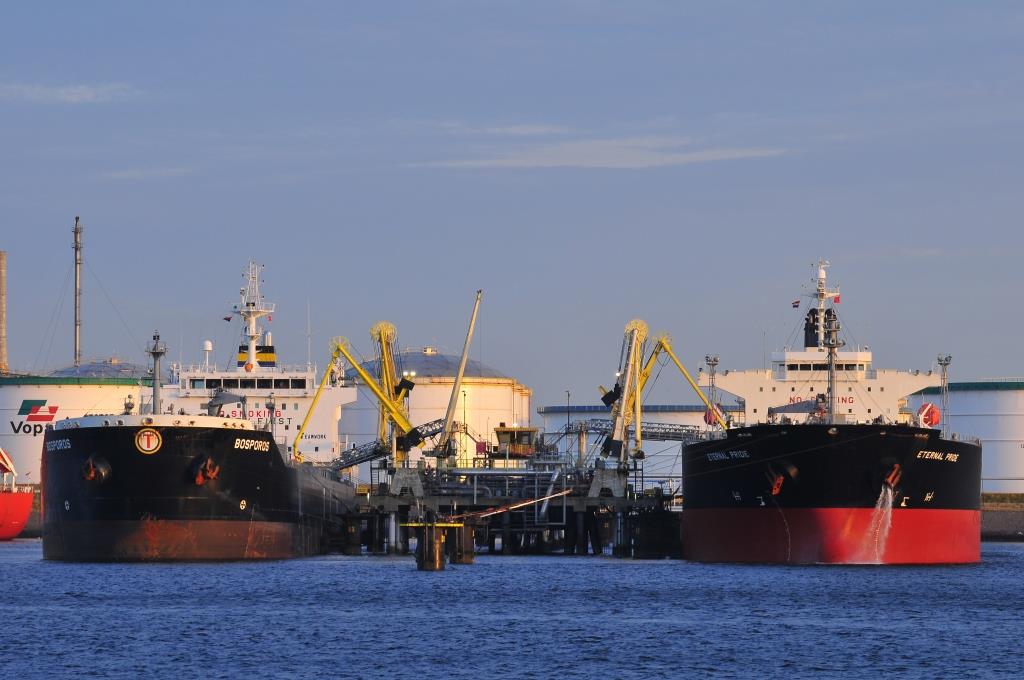 A new three year European Research Project, partly funded by the EU has been launched to help increase efficiencies in regulation compliance and enforcement for the maritime sector. e-Compliance will facilitate tighter integration and co-operation in the fragmented field of regulatory compliance. It will closely align with the EU e-Maritime initiative of which a key priority is supporting authorities and shipping operators to collaborate electronically in regulatory information management.
A new three year European Research Project, partly funded by the EU has been launched to help increase efficiencies in regulation compliance and enforcement for the maritime sector. e-Compliance will facilitate tighter integration and co-operation in the fragmented field of regulatory compliance. It will closely align with the EU e-Maritime initiative of which a key priority is supporting authorities and shipping operators to collaborate electronically in regulatory information management. 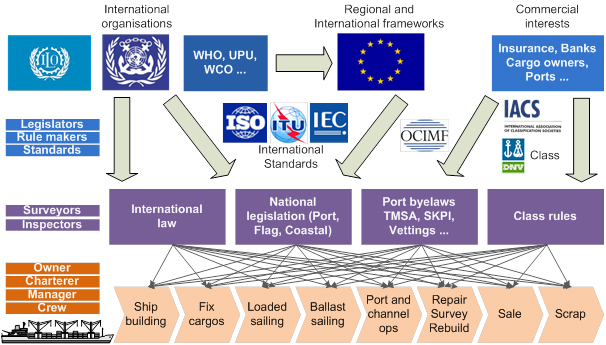
 A leading engineering consultant says the 2013 rate of investment in North Sea assets is unsustainable and that more carefully-targeted maintenance is now essential for the region to stay profitable.
A leading engineering consultant says the 2013 rate of investment in North Sea assets is unsustainable and that more carefully-targeted maintenance is now essential for the region to stay profitable.
 NYC-based
NYC-based 
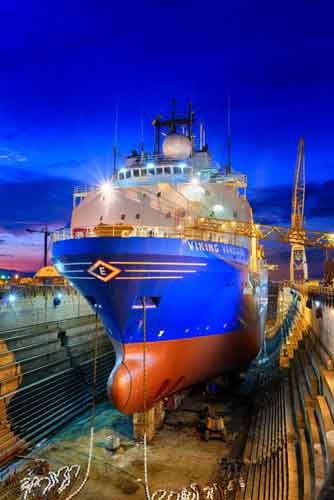 Strategically located Gibraltar shipyard
Strategically located Gibraltar shipyard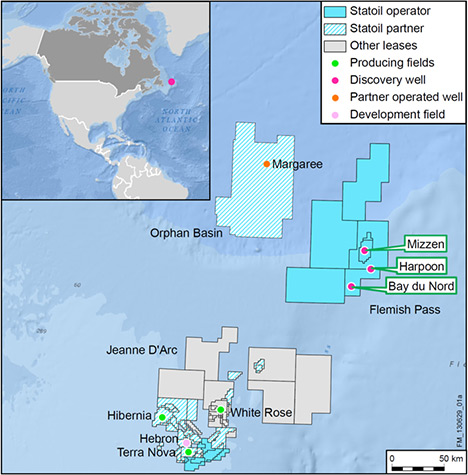 Statoil
Statoil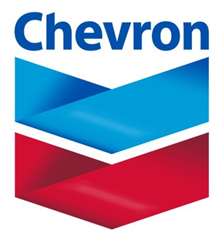
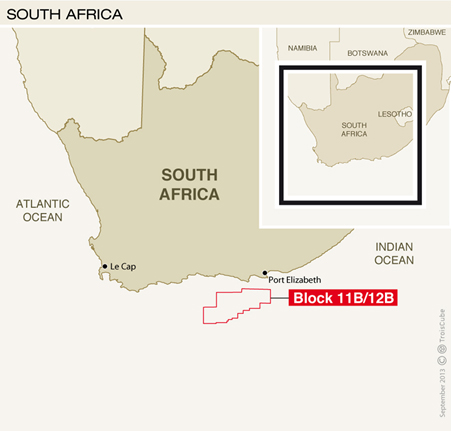 Total
Total Firm represents Teekay Shuttle Tanker Finance LLC in issuing 10-year senior secured notes for delivery of a pair of identical tankers built in Korea to work Brazil’s offshore oil fields
Firm represents Teekay Shuttle Tanker Finance LLC in issuing 10-year senior secured notes for delivery of a pair of identical tankers built in Korea to work Brazil’s offshore oil fields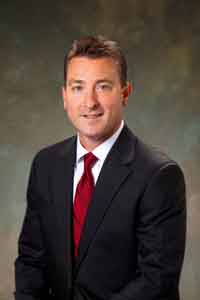
 Apache Corporation
Apache Corporation